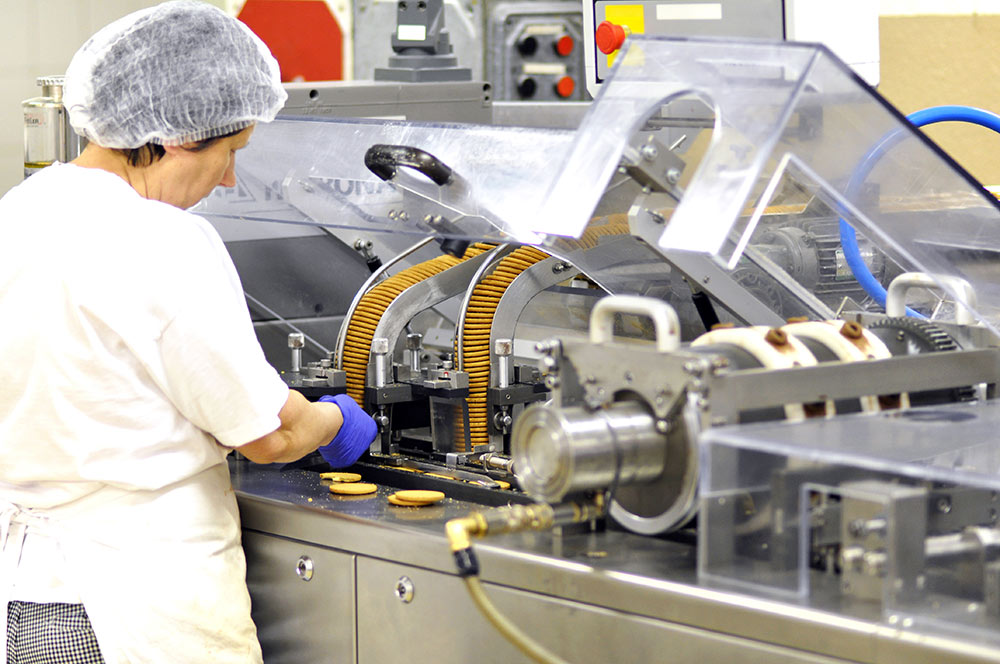
Safety Hazards in Food Products Manufacturing
Of the nearly 3 million nonfatal workplace injuries and illnesses reported by private industry employers[1] in 2016, 19,740 occurred in the food manufacturing industry[2].
Population growth puts unrelenting demands on the multi-billion-dollar food manufacturing industry and its workers. But as pressure to ramp up production increases, the industry cannot afford to neglect employee safety. Beyond the direct impact of employees’ injuries, workplace accidents have additional indirect impacts. For food manufacturers, these could include costs to hire replacement workers, reduced productivity, repairs to damaged equipment and increased workers’ compensation insurance premiums.
Food manufacturers can help keep their workers safe by:
- Understanding the common causes of workplace accidents
- Starting employee safety training programs
- Implementing effective controls to mitigate common workplace hazards
- Offering safety tips for factory workers
Sprains and strains are the most common injuries[3] among food manufacturing workers. They are often caused by repetitive and awkward motions while processing food, such as portioning, cutting and handling machinery, ingredients or tools. A pre-shift warm-up exercise and stretching program can help.
Slips and falls can cause sprains, muscle tears, broken bones and lacerations. Effective controls to mitigate these workplace hazards include installing non-slip flooring, keeping walking surfaces clean and free of trip hazards, and requiring workers to wear slip-resistant shoes or boots.
Food manufacturing workers can also be injured from the machinery they use to perform their jobs. Coming into contact with a sharp blade or getting a finger stuck in a machine’s pinch point can result in a cut or puncture. In more extreme cases, workers are at risk of broken bones or even amputations.
Several measures can make working with food manufacturing equipment safer:
-
- Machine guarding reduces the chance workers will come in contact with the moving parts of a machine
- Install fixed barriers and covers, guardrails or safety nets over open surfaces
- Lockout-tagout processes[4] can prevent equipment from unexpectedly turning on or releasing stored energy while it is in use
Employee safety training is critical to a safe work environment. Employees must know how to use the machinery safely and correctly, and also understand the company’s safety requirements.
Cleanliness is vital in food processing, but chemicals used in food manufacturing, cleanup and sanitation can be harmful to workers. Employers must educate employees about safe handling to avoid chemical burns, poisoning or inadvertent exposure.
By taking proactive steps to address potential workplace risks, food manufacturers can reduce the likelihood of an employee injury or illness. For more information on safety tips for factory workers, contact EMPLOYERS® today.
